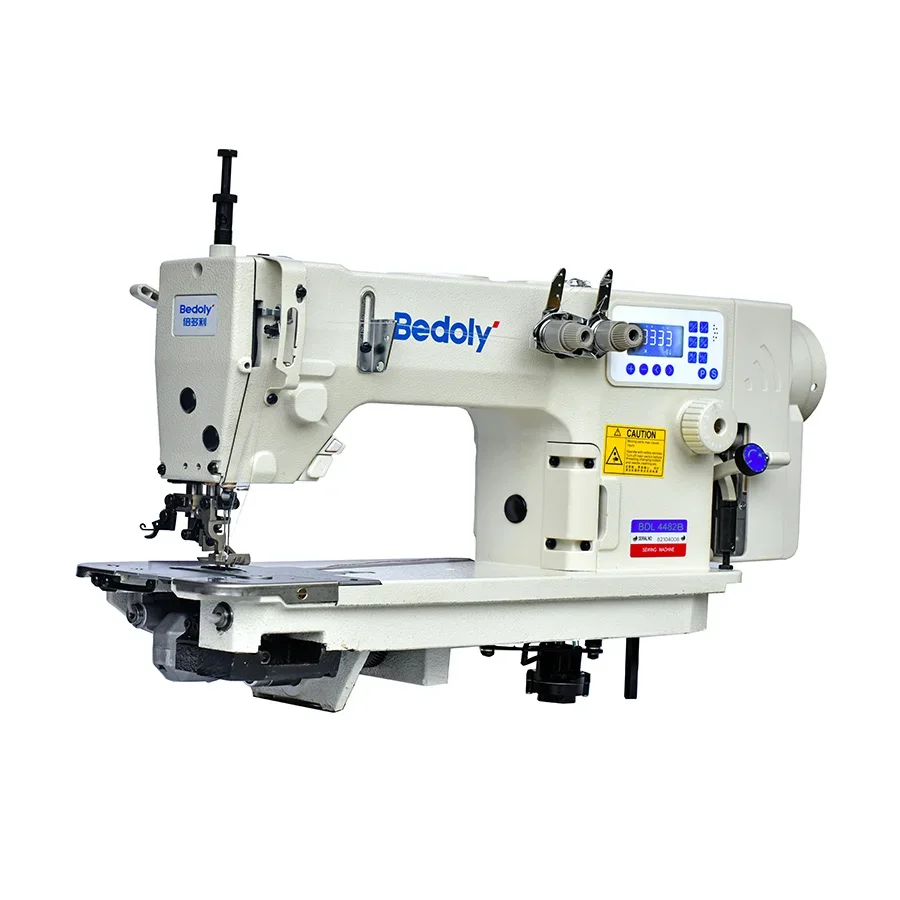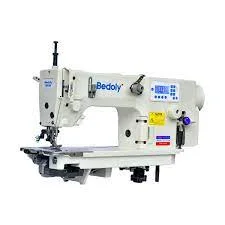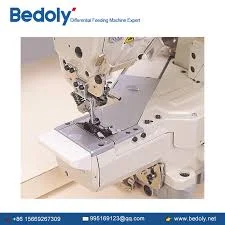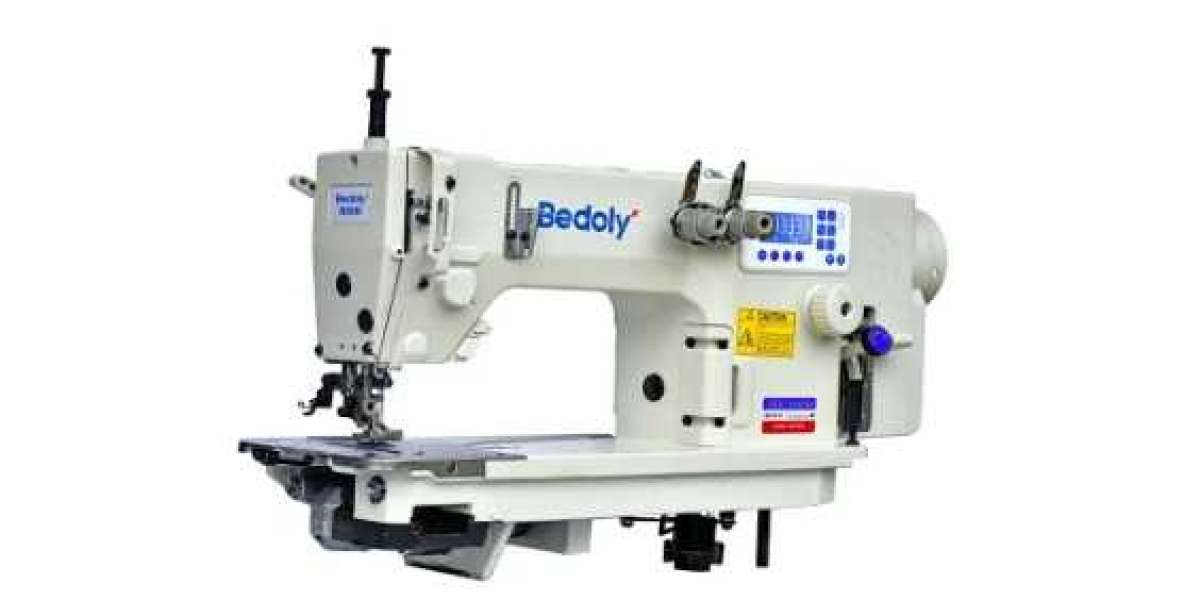Double-needle chain stitch sewing machines are widely used in the textile and apparel industry for their ability to create strong and durable seams. However, like any other machine, they can encounter problems that affect their performance and productivity. In this blog post, we will discuss the common problems that can occur with double-needle chain stitch sewing machines and the precautions that can be taken to prevent or resolve these issues.
1.Thread Breakage
One of the most common problems with double-needle chain stitch sewing machines is thread breakage. This can occur due to various reasons, including improper threading, worn-out or incorrect needles, tension issues, or a buildup of lint and debris in the machine. To prevent thread breakage, make sure to thread the machine correctly, use high-quality needles that are appropriate for the fabric being sewn, check and adjust the tension as needed, and regularly clean and maintain the machine to keep it free from lint and debris.

2.Skipped Stitches
Another common issue with double-needle chain stitch sewing machines is skipped stitches. Skipped stitches can create weak seams and compromise the overall quality of the finished product. Skipped stitches can occur due to several factors, such as dull or bent needles, incorrect needle size, improper threading, or improper tension settings. To avoid skipped stitches, regularly replace needles, ensure correct needle size and type for the fabric being sewn, thread the machine properly, and adjust the tension to the appropriate level.
3.Uneven Stitching
Uneven stitching is a problem that can affect the appearance and functionality of the sewn seams. It can occur when the upper and lower threads are not properly balanced or when the fabric is not fed evenly. To achieve even stitching, make sure to adjust the tension for both the upper and lower threads, use the correct needle size and type, and ensure that the fabric is fed smoothly and evenly through the machine. Additionally, regularly clean the feed dogs and check for any obstructions that may affect the fabric feed.
4.Fabric Puckering or Gathering
Fabric puckering or gathering refers to the unwanted wrinkling or gathering of the fabric along the sewn seams. This issue can occur due to excessive tension, incorrect needle size, or improper fabric handling. To prevent fabric puckering or gathering, adjust the tension to the appropriate level, use the correct needle size and type for the fabric, and handle the fabric carefully to ensure smooth feeding and stitching.

5.Jammed Machine
A jammed machine can be a frustrating and time-consuming problem. It can occur when the fabric gets stuck in the machine, leading to thread breakage, needle damage, or even damage to the machine itself. To avoid machine jams, make sure to properly feed the fabric through the machine, avoid pulling or forcing the fabric, and keep the machine clean and free from lint and debris. Additionally, regularly check and replace worn-out or damaged needles to prevent them from causing a jam.
6.Poor Tension Control
Tension control is crucial for achieving balanced and even stitches. Poor tension control can result in loose or tight stitches, thread breakage, or skipped stitches. To ensure proper tension control, start by threading the machine correctly and adjusting the tension according to the fabric and thread being used. Test the tension on scrap fabric before sewing the actual project to ensure optimal results. If necessary, consult the machine's manual or seek professional advice for assistance with tension adjustments.
7.Needle Breakage
Needle breakage is a common problem that can occur during sewing, especially if the wrong needle is used or if the machine is not properly adjusted. To prevent needle breakage, use the correct needle size and type for the fabric being sewn, ensure that the needle is inserted correctly and securely, and adjust the machine settings as needed. Regularly inspect the needles for any signs of wear or damage and replace them promptly to avoid breakage during sewing.

Conclusion
In conclusion, double-needle chain stitch sewing machines are powerful tools for creating strong and durable seams. However, they can encounter common problems that affect their performance and the quality of the sewn seams. By following the precautions mentioned above, such as proper threading, needle selection, tension adjustment, and regular maintenance, these problems can be prevented or resolved efficiently. By understanding these common problems and taking the necessary precautions, you can maximize the productivity and longevity of your double-needle chain stitch sewing machine.



